At Urban Choreography, we believe that architecture is not just about buildings—it’s about identity, community, and cultural legacy. The spaces we inhabit shape how we see ourselves and how society functions. For far too long, the monumental contributions of Black architects have been underrepresented in both historical records and the broader architectural discourse.
Read More: Top 100 Famous Photographers of Architecture
Today’s generation of Black design professionals stands on the shoulders of early pioneers—visionaries who, despite facing systemic racism and exclusion, redefined America’s built environment with courage, brilliance, and creativity. Many of these trailblazers were the first Black graduates from the country’s top architecture schools, the first licensed professionals in their states, and the founders of institutions that championed equity and excellence.
Several contributed to the growth of historically Black colleges and universities (HBCUs), while others opened businesses like banks, churches, and civic buildings that served and empowered their communities. In 1971, 12 influential Black architects—including Wendell Campbell and John S. Chase—came together to form the National Organization of Minority Architects (NOMA) with the mission to “minimize the effect of racism” within the profession and expand opportunities for future generations.
In 2020, NOMA reaffirmed its legacy of activism by revising its mission:
“To empower our local chapters and membership to foster justice and equity in communities of color through outreach, community advocacy, professional development, and design excellence.”
NOMA also established the NOMA Foundation Fellowship, a 12-week paid internship program aimed at supporting minority students on their path to licensure—ensuring that the next wave of Black architects has both the mentorship and access they deserve.
In this article, we honor the legacy of 12 groundbreaking Black architects whose works span from academic campuses and churches to iconic cultural landmarks. Their designs reflect not only architectural excellence but also deep societal impact—laying the foundation for a more inclusive, just, and beautifully diverse architectural future.
12.Robert R. Taylor – The First Accredited Black Architect in the U.S.

As the first Black graduate of MIT and America’s first accredited Black architect, Robert R. Taylor helped transform Tuskegee University into a beacon of educational excellence. Designing over 25 buildings on campus, Taylor also helped shape the architectural program, creating a legacy of design and empowerment.
11.Paul R. Williams – “Architect to the Stars”

Known for drafting upside down to accommodate racially biased clients, Paul R. Williams became a household name in Hollywood. The first Black AIA member, his portfolio includes the Crescent Wing of the Beverly Hills Hotel and homes for stars like Frank Sinatra. In 2017, he became the first Black recipient of the AIA Gold Medal.
10. Beverly L. Greene – Breaking Ground as the First Black Female Architect
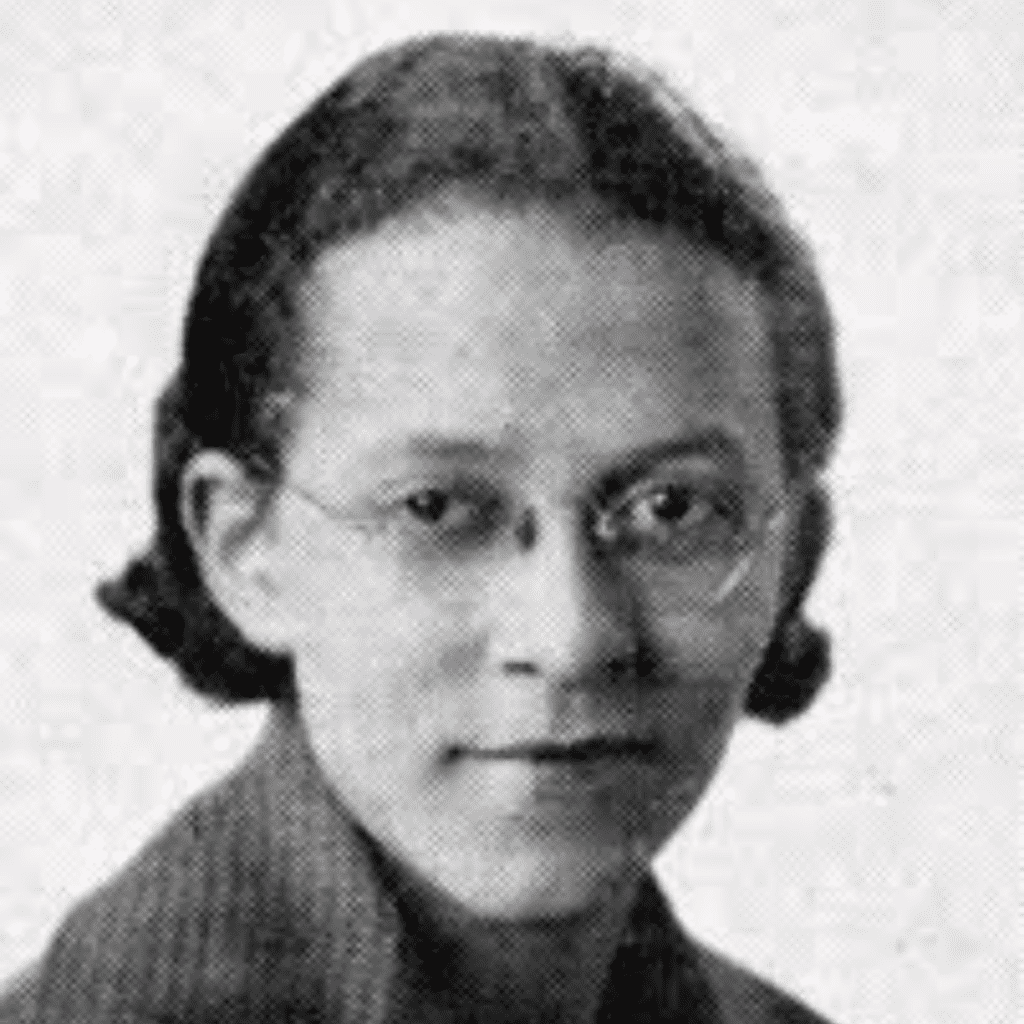
Licensed in Illinois in 1942, Beverly L. Greene was the first Black woman to achieve such a distinction in the U.S. Her work spans continents—from buildings at NYU to the UNESCO headquarters in Paris—making her a global trailblazer in both gender and racial equality in architecture.
9. McKissack & McKissack – America’s Oldest Black-Owned Architecture Firm

Founded in 1905, McKissack & McKissack holds the distinction of being America’s oldest Black-owned architecture firm. With roots going back to a formerly enslaved builder, the firm has been involved in major projects like the Martin Luther King Jr. Memorial and the Smithsonian’s African American History Museum.
8. Vertner Woodson Tandy – Designing for Madam C.J. Walker
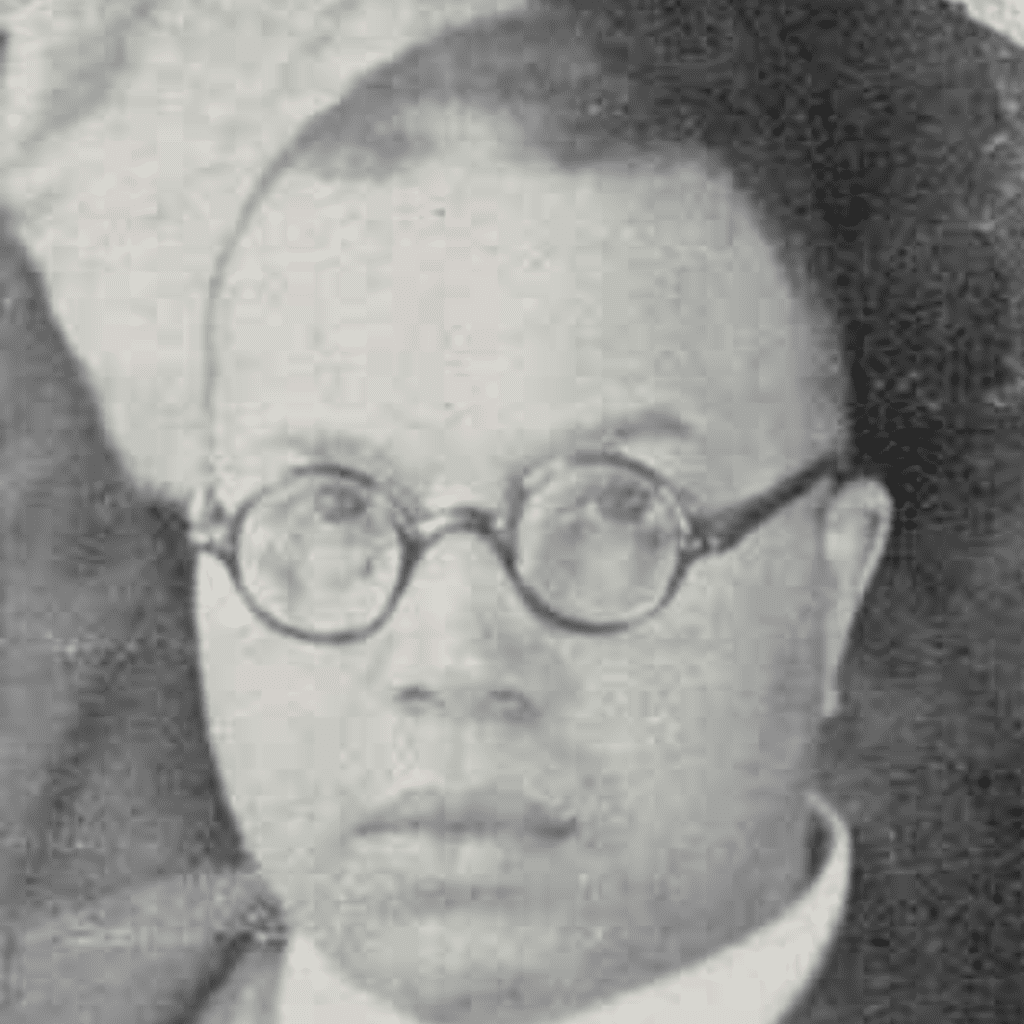
As New York’s first Black licensed architect, Tandy created Villa Lewaro, the luxurious estate of self-made millionaire Madam C.J. Walker. He also co-founded Alpha Phi Alpha and designed iconic churches and civic buildings that advanced the stature of Black communities in early 20th-century America.
7. Clarence Wigington – Municipal Architecture Pioneer
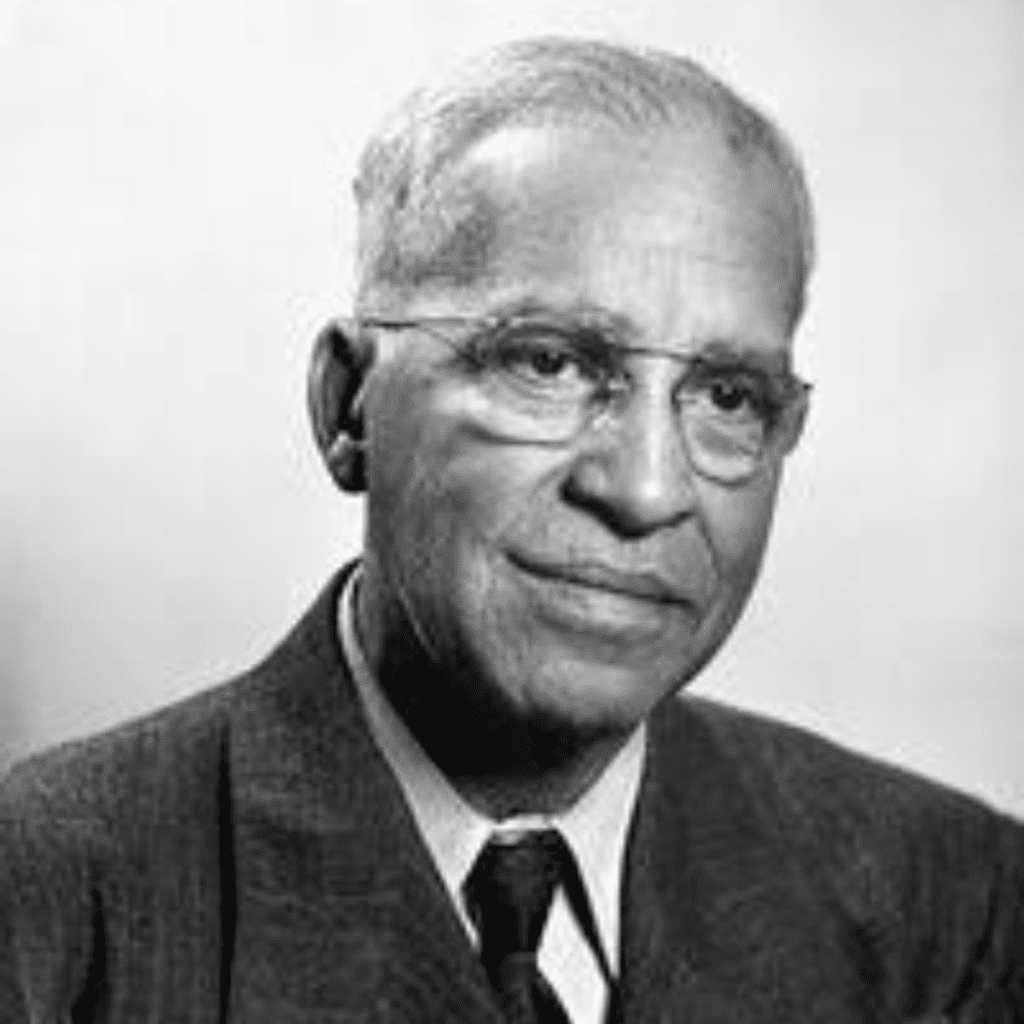
The first African-American municipal architect, Wigington worked in St. Paul, Minnesota, where he designed over 60 buildings—many of which still stand today. His work included everything from schools to firehouses and contributed significantly to civic infrastructure during a time of segregation.
6. Norma Merrick Sklarek – The First Black Woman to Lead Large-Scale Projects

Sklarek led projects like the Pacific Design Center, LAX Terminal One, and the Mall of America, and became the first Black woman licensed in both New York and California. She co-founded her own architecture firm and championed diversity at the highest levels of commercial design.
5. Julien Abele – Unsung Visionary Behind Duke University’s West Campus
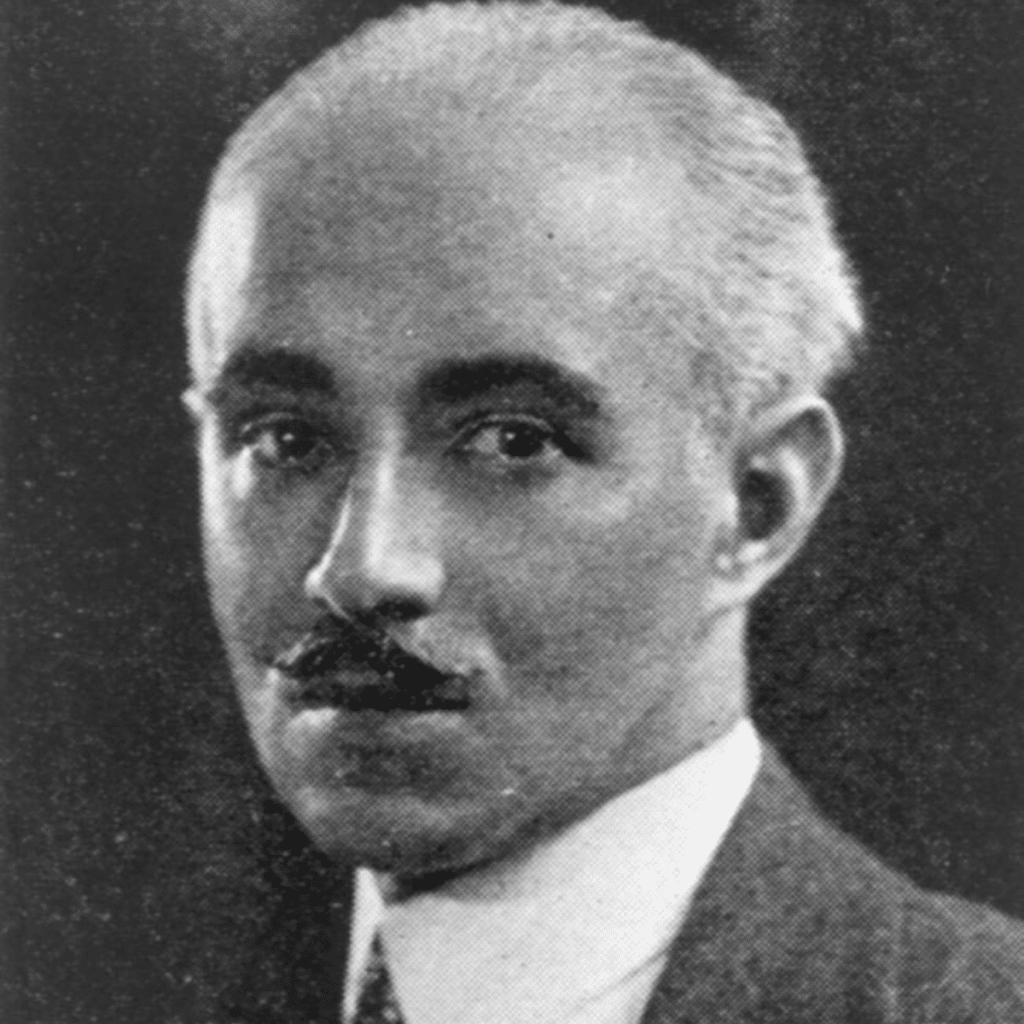
Julien Abele’s name was long left off the credits of some of America’s most iconic buildings. As chief designer for Horace Trumbauer’s firm, Abele was behind Duke University’s West Campus, the Philadelphia Museum of Art, and Harvard’s Widener Library. In 2016, Duke honored him by naming its main quad after him.
4. J. Max Bond, Jr. – Designing Civil Rights Landmarks
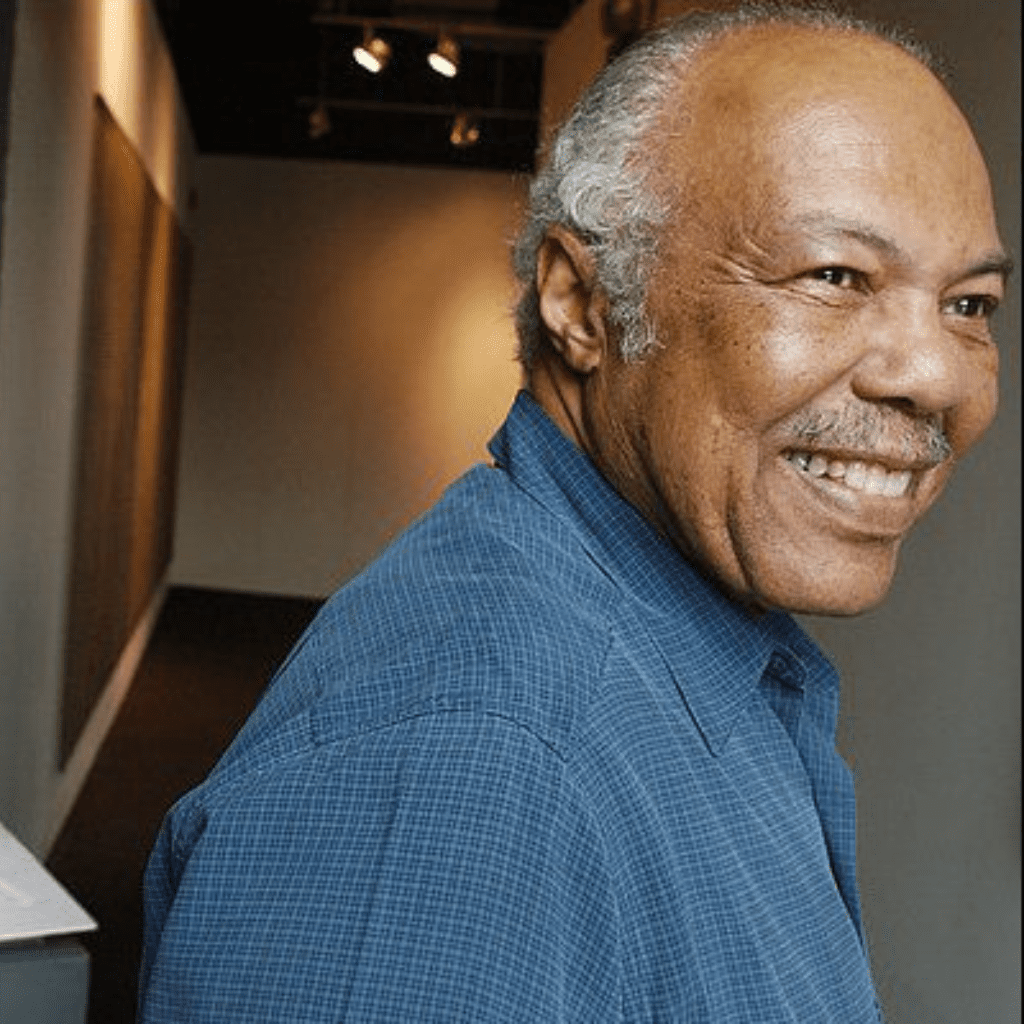
A Harvard-trained architect, Bond designed institutions dedicated to Black culture and civil rights, including the Birmingham Civil Rights Institute and the Schomburg Center. His work helped institutionalize Black narratives through architectural spaces of remembrance, research, and justice.
3. William Sidney Pittman – Civic Architect and Educator
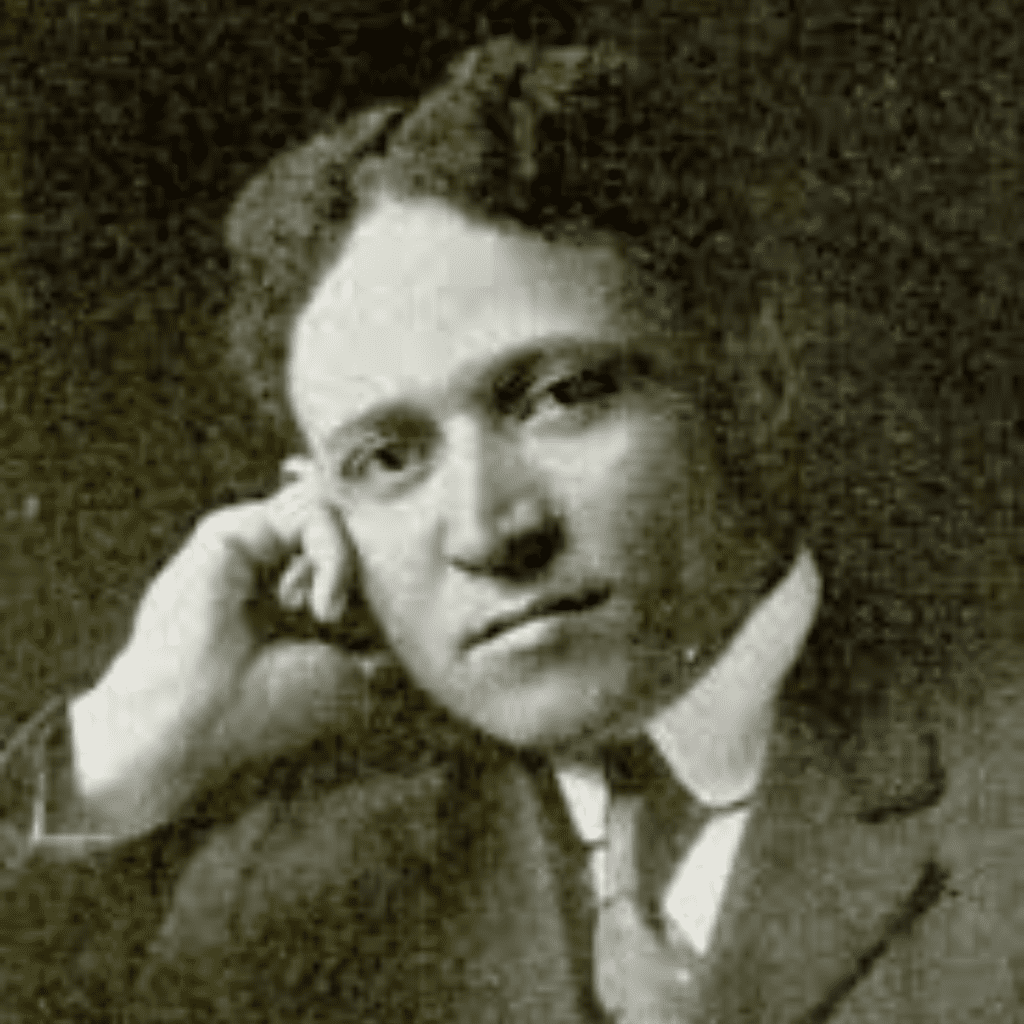
Pittman contributed to the design of the Tuskegee campus and led numerous civic projects, including the Colored Carnegie Library in Houston and the Fairmount Heights development in Maryland. His work uplifted underserved communities and brought architectural dignity to Black neighborhoods.
2. Hilyard Robinson – Modern Housing and Bauhaus Influence
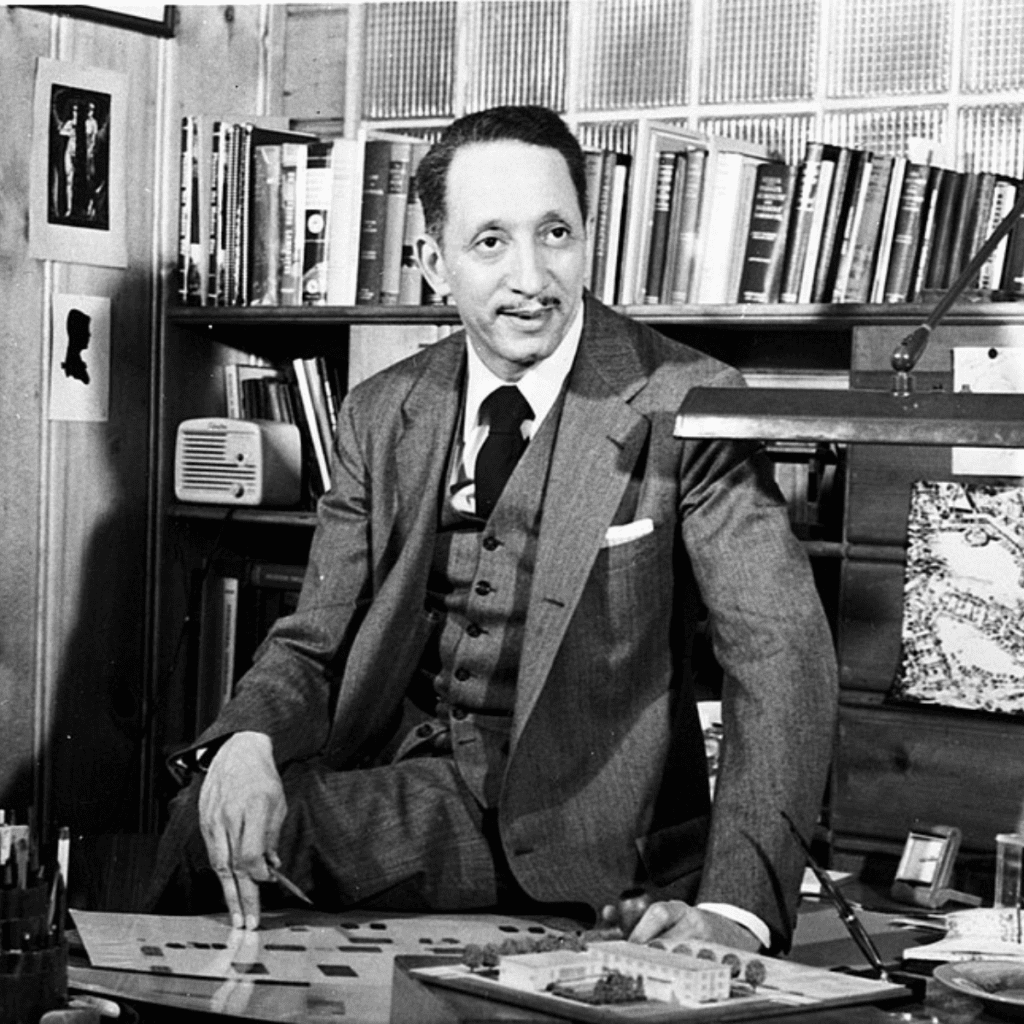
Educated at Columbia and inspired by the Bauhaus, Robinson fused modernist principles with social consciousness. He designed Washington D.C.’s Langston Terrace Dwellings, the city’s first federally funded housing project, and also served as a professor at Howard University.
1. Albert I. Cassell – Shaping Academic Architecture
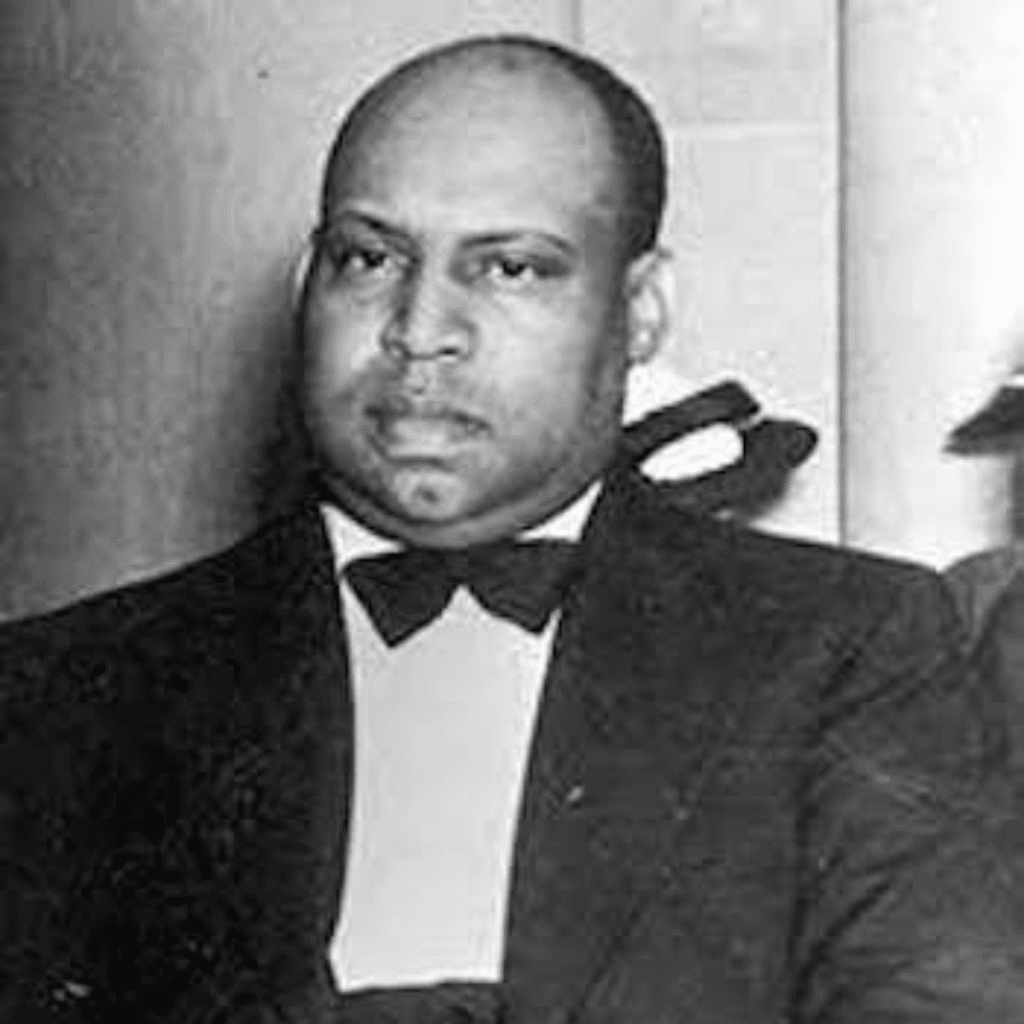
Cassell shaped the campuses of Howard University, Morgan State, and Virginia Union University, leaving behind iconic buildings like the Founders Library. His designs merged tradition with vision and remain academic landmarks in the U.S. today.
Conclusion
These architects didn’t just build structures—they built legacies. From education and civil rights to Hollywood and housing, their impact transcends blueprints. At a time when Black representation in architecture is still growing, these pioneers remain powerful reminders of how space, identity, and history intersect.
By honoring their work, we pave the way for future generations to design with both purpose and pride.






